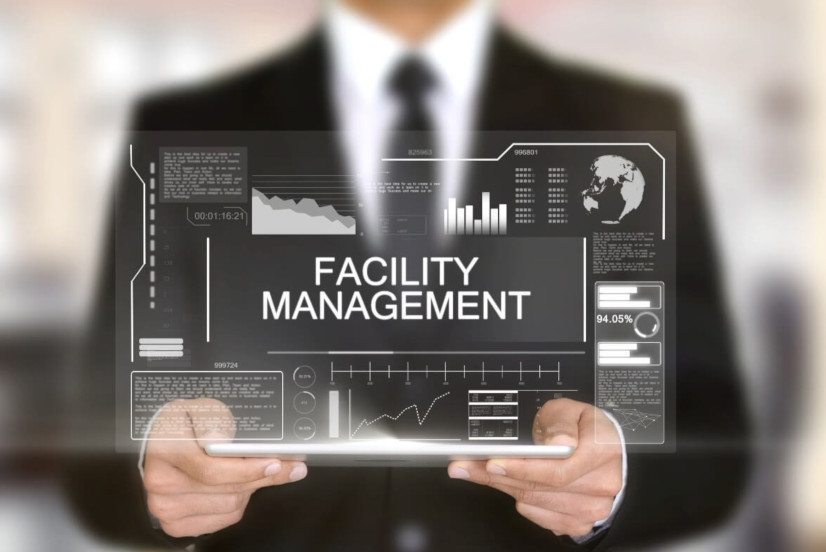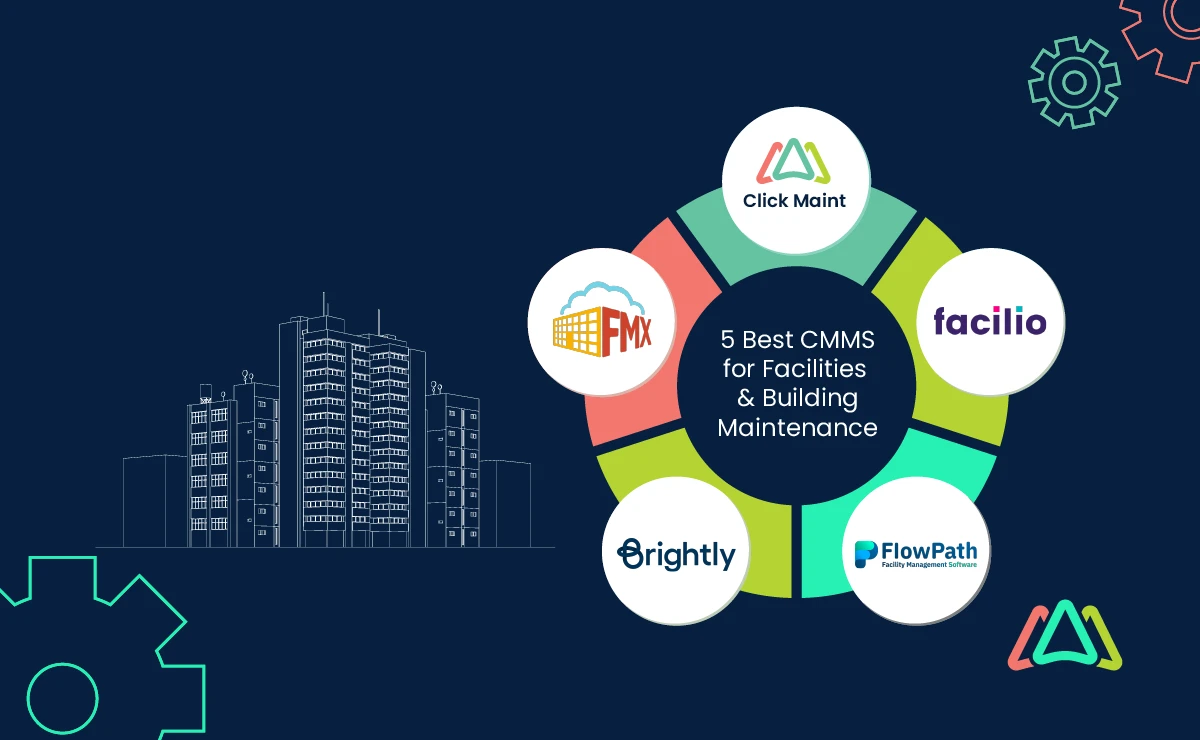The Role of Facility Management in Sustainable Operations
The Role of Facility Management in Sustainable Operations
Blog Article
Secret Patterns Forming the Future of Center Management in 2024
As we look ahead to 2024, the landscape of center monitoring is positioned for considerable change, driven by several vital fads. The combination of clever building modern technologies and a shift towards data-driven decision-making guarantee to improve functional performance while focusing on sustainability in technique. The appearance of crossbreed job designs is reshaping office atmospheres, necessitating innovative design solutions that provide to advancing staff member demands. Amidst these modifications, the concentrate on resident wellness remains to get grip, highlighting the significance of a healthy office. Just how these patterns will manifest in practice remains a vital inquiry for market professionals.
Smart Structure Technologies

Smart structure modern technologies encompass a wide range of systems, including intelligent illumination, a/c controls, and protection systems. By incorporating these systems, center supervisors can keep an eye on and readjust criteria in real-time, causing substantial decreases in power waste and functional expenses. Clever sensing units can find tenancy levels and adjust lights and temperature level appropriately, guaranteeing that energy is just utilized when required.
Furthermore, these technologies promote improved data collection, allowing companies to track usage patterns and identify possibilities for additional improvements. The implementation of clever building technologies not just contributes to sustainability objectives however also develops healthier workplace that can increase staff member efficiency and fulfillment.
As we move right into 2024, the adoption of wise building modern technologies will likely accelerate, mirroring a wider change towards even more intelligent, receptive, and sustainable center administration techniques.
Data-Driven Decision Making
Progressively, companies are leveraging data-driven decision making to improve center administration techniques. By taking advantage of information analytics, facility supervisors can derive workable understandings that considerably boost operational effectiveness and source allotment. The assimilation of advanced innovations, such as IoT sensing units and real-time monitoring systems, allows the collection of substantial amounts of information on structure performance, occupancy prices, and power consumption.
This riches of details allows facility managers to determine fads, predict maintenance requirements, and proactively address concerns before they escalate. Predictive analytics can forecast devices failings, reducing downtime and repair costs. Furthermore, information visualization devices promote better communication among stakeholders, guaranteeing that notified choices are made collaboratively.
In addition, data-driven strategies boost strategic planning by enabling facility managers to assess the effectiveness of current practices and make informed choices regarding investments in technology or infrastructure. As organizations increasingly focus on functional quality, data-driven choice production is positioned to end up being a foundation of successful center management approaches in 2024 and beyond. Inevitably, the capability to utilize data successfully will encourage companies to develop a lot more effective, productive, and durable facilities.
Sustainability and Environment-friendly Practices
The emphasis on data-driven choice making naturally lines up with the expanding emphasis on sustainability and environment-friendly methods within center administration. As organizations increasingly focus on environmental responsibility, center supervisors are leveraging analytics to maximize resource use, lower waste, and decrease carbon impacts. This critical strategy enables the combination of energy-efficient systems, such as LED lights, wise cooling and heating controls, and eco-friendly power resources into facility operations.
Moreover, the implementation of sustainable methods extends past power usage. Center managers are promoting and taking on environmentally friendly products recycling efforts to create a circular economic situation within their facilities. This not only improves the ecological profile of the company but additionally promotes a society of sustainability among workers.
Conformity with environmental laws is another essential element driving the fostering of eco-friendly methods. By making use of data analytics, facility supervisors can monitor compliance metrics and determine locations for improvement, making sure adherence to worldwide and regional sustainability criteria.
Crossbreed Work Designs
A substantial change in the direction of crossbreed work designs is improving the landscape of center monitoring in 2024. This standard combines remote and in-office work, requiring a reevaluation of room application, resource allotment, and worker interaction methods. Organizations are significantly identifying the importance of flexible workspaces that satisfy diverse needs and preferences.
Facility supervisors should adjust by executing functional office styles that sustain collective initiatives while providing locations for concentrated work. This consists of the assimilation of innovation to promote seamless communication and cooperation among in-office and remote staff members. Smart building options, outfitted with analytics and sensing units, permit real-time monitoring of area use, enabling companies to optimize their atmospheres successfully.
Moreover, crossbreed job models highlight the requirement for reliable center management that prioritizes employee experience. This encompasses not only modern technology and space design however likewise the growth of plans that advertise a well balanced work-life dynamic. As companies navigate this change, the role of center use this link monitoring becomes critical in producing an active work environment that promotes efficiency and drives business success. Fundamentally, the crossbreed job design is reinventing center monitoring, motivating a positive technique to satisfy the progressing needs of the labor force.
Enhanced Owner Health
As companies embrace hybrid job designs, an increased concentrate on owner health is becoming indispensable to center administration strategies. Facility Management. This change acknowledges that a pleased and healthy labor force directly influences efficiency and retention rates. Center managers are currently prioritizing environments that advertise physical and psychological well-being, incorporating aspects such as all-natural illumination, biophilic layout, and easily accessible wellness resources

Technology plays a crucial role in this evolution. Smart structure systems can monitor environmental elements and adjust settings in real-time, ensuring optimal convenience degrees - Facility Management. navigate to this website In addition, feedback mechanisms, such as occupancy sensing units and staff member surveys, allow facility supervisors to consistently fine-tune wellness efforts based on occupant demands.

Final Thought
In 2024, the future of center administration will certainly be substantially affected by the combination of wise building technologies and data-driven decision-making, fostering improved operational performance. These fads jointly highlight the developing landscape of facility management in response to modern difficulties and chances.
Facility supervisors are promoting and taking on environment-friendly materials recycling campaigns to produce a circular economy within their centers.A considerable shift in the direction of crossbreed work versions is improving the landscape of facility monitoring in 2024.Additionally, hybrid job versions emphasize the demand for efficient facility monitoring that focuses on employee experience.As companies embrace hybrid job designs, a heightened emphasis on owner health is becoming indispensable to facility monitoring methods.In 2024, the future of facility monitoring will be dramatically influenced by the assimilation of smart structure technologies and data-driven decision-making, cultivating improved functional efficiency.
Report this page